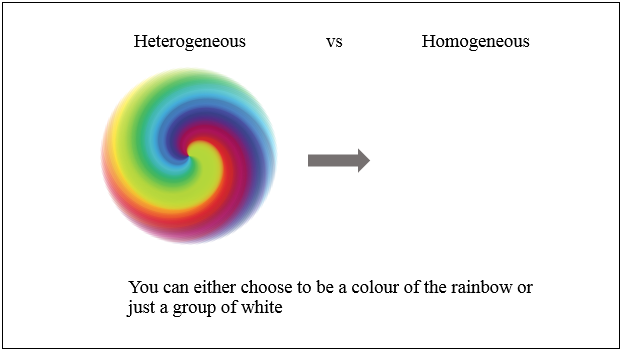Time plays a major role in outlining the function of public-private spaces. Influence of cultural exchange, political scenarios, economy and technological advancement has brought change in the use and understanding of public spaces in different centuries. (Dhungel, 2015 cited from Carr, 1992). In the twenty-first century, we need parks as a salad bowl where each culture has its individual expression even though they are mixed together. In the twentieth century, this was not idealized instead, the concept of democratic society was a melting pot where all the cultures were brought together and homogenized into one expression of national culture (Dhungel, 2015 cited from Thompson, 2002). This approach though had been a commendable process to reach a just society, at some point we all will be losing our identity and culture. Uniqueness of an individual, identity of a certain culture gives vibrancy to living. Hence, to bring together the views of different social and cultural groups, a participatory approach must be considered. Designers play a huge role in bringing this heterogeneity into the society. We must listen and understand. Universal approach does not always work, context is the key.
If we tell a German to eat his bread with chopstick, or we give fork and knife to a Japanese to cut his soup noodles, we sure will make a fool out of ourselves!
Inspired from:
Dhungel, A. (2015). IDENTITY, LIVEABILITY and RESILIENCE: Open Space Categorisation and Management in Kathmandu Valley. Master’s Thesis: Weihenstephan-Triesdorf University of Applied Sciences, Freising, Germany.
Research under progress…
